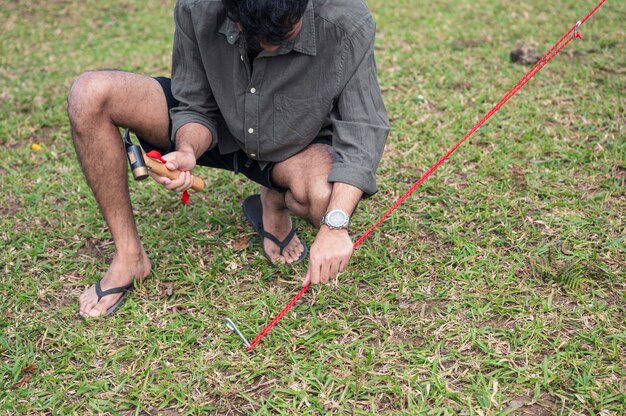Discovering Your Roof Pitch: The Steps You Need to Know
Navigating the world of home improvements can sometimes feel like a complex maze, and calculating the roof pitch is often a critical component missed by many homeowners. Understanding roof pitch not only helps in planning renovations or new constructions but also ensures your home's roof can handle weather elements effectively. Let's explore how to calculate your roof pitch correctly and then transition to how better understanding of home improvement can lead to valuable financial and educational opportunities.
What is Roof Pitch?
Roof pitch is the measure of the roof's steepness, defined as the vertical rise over a horizontal span. It is crucial because it affects aspects like drainage efficiency and the type of materials used for roofing.
Calculating Roof Pitch
1. Gather Your Tools:
To start, you'll need a level (at least 2 feet long), a tape measure, and a pencil.
2. Find the Roof's Span and Rise:
- Locate a flat surface at the highest point of your attic floor. Ensure it's directly below a rafter.
- Position your level horizontally on this flat surface, extending it outwards until one end touches the roof's edge.
- Hold the level in place and measure 12 inches out from where it touches the roof surface.
3. Measure the Vertical Rise:
- From this 12-inch mark on your level, measure straight up to the bottom edge of the rafter. This distance is your roof's vertical rise in inches.
4. Calculate the Pitch:
- The pitch is the ratio of the vertical rise to the horizontal span. For instance, a rise of 6 inches over a 12-inch horizontal span is a 6/12 pitch.
Why Knowing Your Roof Pitch Matters
Understanding roof pitch can help in making informed decisions about roof type and materials. It is essential for selecting the right roofing material, estimating construction costs, and ensuring proper water drainage. By ensuring your home is structurally sound, you might avoid hefty repairs later, freeing up finances for other vital needs.
Transitioning to Financial Opportunities
Once you've tackled a project like calculating your roof pitch, the next strategic step can be exploring financial solutions and educations:
Government Aid Programs: Many communities offer grants or low-interest loans to support home improvements, particularly where they increase energy efficiency or disaster resistance.
Educational Grants: Consider enrolling in courses that teach home maintenance or construction skills. Not only can this save money by enabling DIY home repair, but it can open doors to new career opportunities.
Financial Planning: Smart management of your home improvement budget can free up funds. This empowers you to pursue other financial activities like investment or education.
Navigating home improvements is about more than just maintenance; it's an opportunity to enhance your financial literacy and stability through the right resources. Below is a list of options that might support financial growth and educational advancement:
Financial and Educational Resources
- 🌟 Home Improvement Grants: Look for local or federal programs that offer funding for eco-friendly or necessary renovations.
- 📚 Online Home Repair Courses: Many platforms provide free or affordable training on basic home improvement skills.
- 💳 Low-Interest Home Renovation Loans: Banks and credit unions may offer loans specifically designed for home improvements.
- 🏡 Energy Efficiency Rebates: Some local governments offer rebates for installations like solar panels or energy-efficient windows.
- 🎓 Vocational Training Scholarships: These can reduce the cost of gaining new skills that could prove useful in a personal or professional capacity.
Approach your next home project not just as a chore, but as a chance to expand your horizon— financially, educationally, and perhaps even career-wise.
